Moscow’s Red Square with St. Basil’s Cathedral and St. Petersburg’s Nevsky Prospekt, along with Kazan Cathedral, are the most popular filming locations. It is clear that, if they appear in a movie, we are in Russia. But foreign film directors have also worked elsewhere.
–
1. Moscow
Walter Hill/ TriStar Pictures; Carolco Pictures, 1988 —
What has not been shot here! The hapless heroes of the Police Academy series paid a visit. Arnold Schwarzenegger in Soviet military uniform posed against the backdrop of Saint Basil in Red Heat (Danko: Red Heat in Spain Y Red Hot in Latin America).
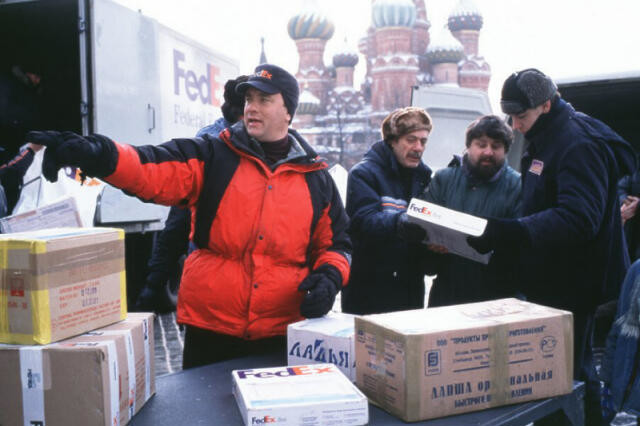
Castaway
Robert Zemeckis/20th Century Fox, 2000 —
In Cast Away (Castaway) Tom Hanks’ character worked in a FedEx office near Red Square, and after filming the actor recalled that it was an incredible experience: January of that year was so warm that snow had to be brought in from other places to be able to roll.
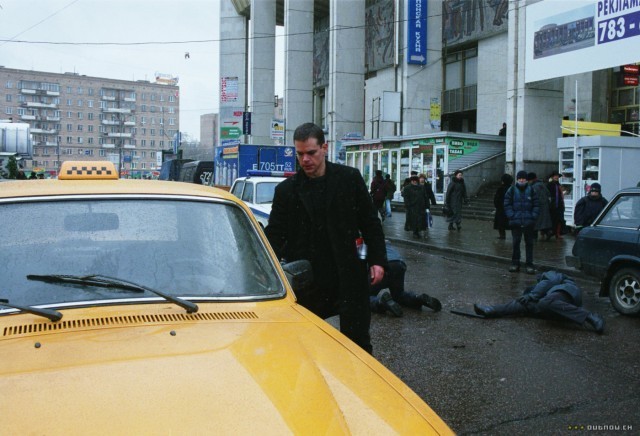
Paul Greengrass/Kennedy/Marshall, 2004 —
And The Bourne Supremacy (titled The Bourne myth in Spain and Bourne supremacy in Latin America), a bloody car chase takes place along Komsomolski Avenue, Rozhdestvenski Boulevard, Trúbnaia Square and, towards the end, between the blue and white skyscrapers of the Krilatskoie district.
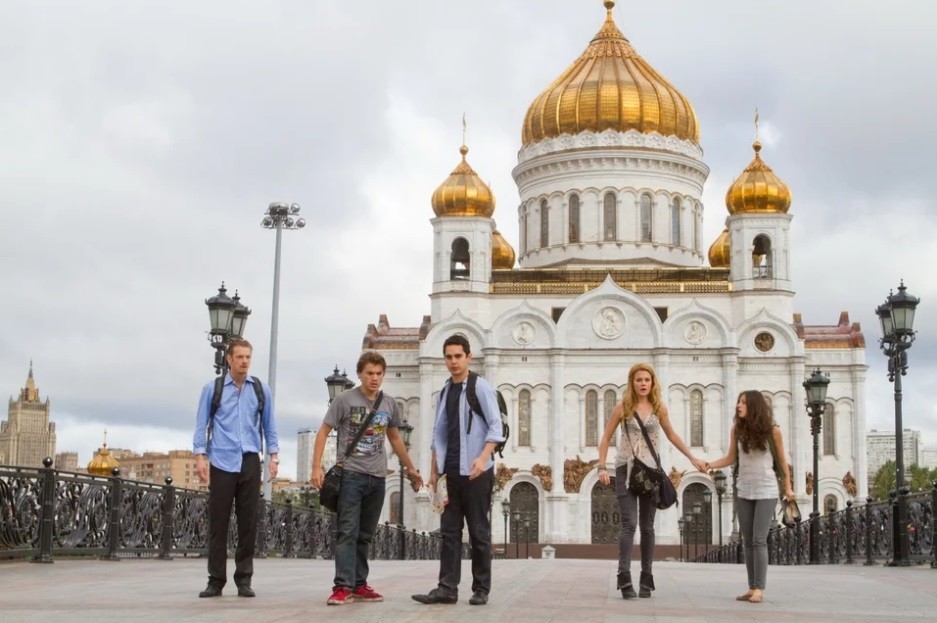
Chris Gorak/Regency Enterprises; Bazelevs Company, 2011 —
Aliens attack the Russian capital in The Darkest Hour (titled The darker hour in Spain and Argentina; Y The last night of the humanity en Hispanoamérica), a fantastic action movie shot in the very center of the city, for which the filming of some scenes lasted several days.
–
The VDNJ and the Pirogovskaia hospital, as well as the Ukraine and National hotels, an apartment block on Verjniaia Maslovka street and the Kolomenskoie park were some of the locations of the spy thriller. The Russia House (The Russia house), starring Sean Connery, Michelle Pfeiffer and Klaus Maria Brandauer. Fred Schepisi’s film was the first foreign film shot entirely in the USSR. Since one of the characters is an editor and frequents book fairs, the scene of Boris Pasternak’s grave in the Peredelkino dacha settlement is especially symbolic.
2. Saint Petersburg
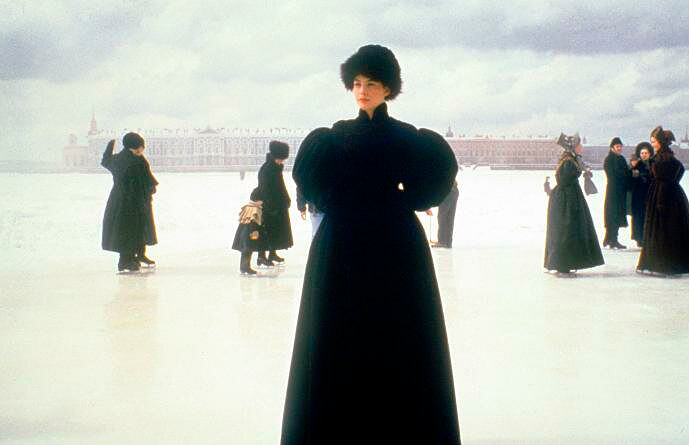
‘Onegin’
Martha Fiennes/7 Arts International; Baby Productions, 1999 —
The palaces of St. Petersburg and its surroundings are ideal for filming historical films and screen adaptations of Russian classics. In Onegin, directed by Martha Fiennes, the melancholic protagonist strolls through the frozen Neva with the Admiralty Spire as a backdrop, and duels Lenski somewhere near the town of Lisi Nos.
–
The demons of Saint Petersburg, an Italian film about Dostoevsky, was apparently the first to show the writer’s apartment on Malaia Meshchanskaia Street. Here there are also instantly familiar views of the Catherine Palace at Tsarskoie Seló and Palace Square. In the movie, while working on his novel The playerDostoevsky meets a member of a terrorist cell who has just murdered a member of the tsarist family and is planning new atrocities.
3. Yalta

‘Mine in the land of the Beyond’
Vladímir Grammatikov/Nordisk Tonefilm International; Gorky Film Studio, 1987 —
Although in the credits of Mio in the Land of Faraway (Mine in the land of Beyond) features Russian director Vladimir Grammatikov, the project was a co-production of Sweden, Norway and the USSR. It has a stellar cast. Yum Yuma, a friend of the protagonist, is played by Christian Bale, and the villain by Christopher Lee.
–
In the story, the boy Bosse is transported to the magical Land of Faraway, where he has to fight against the evil wizard Kato, who kidnaps the children and turns them into birds. Some scenes were shot in Stockholm, but the natural settings for the fairy tale part were found in Crimea. The Neo-Gothic Swallow’s Nest Castle and the Vorontsov Palace, with its extensive park, are easy to see: they were the perfect setting for Astrid Lindgren’s tale.
4. Kaliningrad
–
In 2004, director Mika Kaurismäki, Aki Kaurismäki’s older brother, performed Honey Baby, turning the ancient Greek myth of Orpheus and Eurydice into a road movie set in Kaliningrad. The protagonist, the failed musician Tom, dreams of going on tour to Paris, but instead goes to Kaliningrad. There he meets Natasha, who has run away from her fiancé; the lovebirds join a traveling circus, hunted by thugs hired by Natasha’s ex. All the main features of the Baltic city are captured on screen: the Atlantika restaurant, the “robot head” House of Soviets and the then unfinished Second Trestle Bridge, which connected the banks of the Pregolia River only many years later.
5. Kola Peninsula and Murmansk region
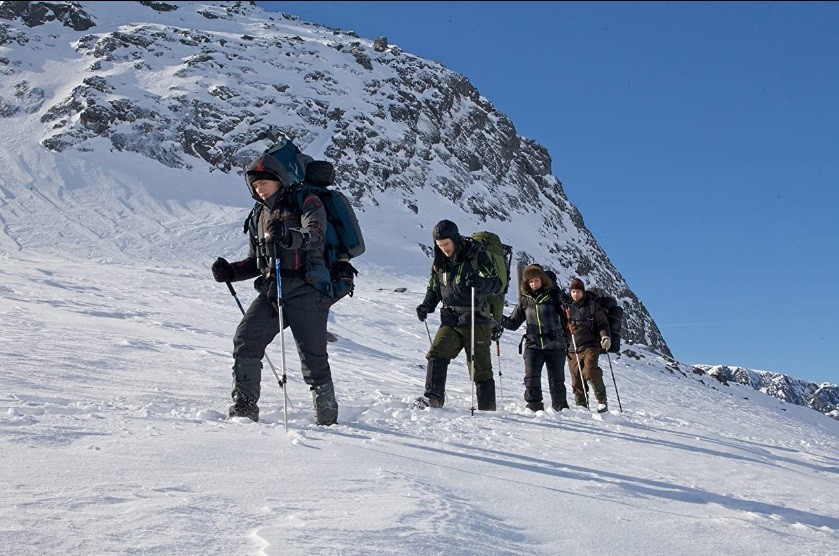
‘The step of the devil’
Renny Harlin/Non-Stop Production, 2013 —
For more than 60 years, the gruesome disappearance of the mountaineering expedition led by Igor Diatlov has been shrouded in mystery and speculation, ranging from outlandish conspiracy theories to rather prosaic explanations. In 2013 the horror movie was released Devil’s Pass (The devil’s step) by Rennie Harlin, in which five American college students set out to find out what happened to the Russian hikers.
–
The filming did not take place in the Urals, but in the Jibini Mountains, on the Kola Peninsula; the director argued the need for snowy views in not too harsh weather conditions. The role of the Idel and Vizhai settlements in the Sverdlovsk region is “played” by the polar city of Kirovsk in the Murmansk region.
The director, whose credits include The Crystal Jungle 2, he opted for the most rugged and attractive version of events: there are mysteries, secret experiments and even teleportation and time travel.
6. Lake Baikal
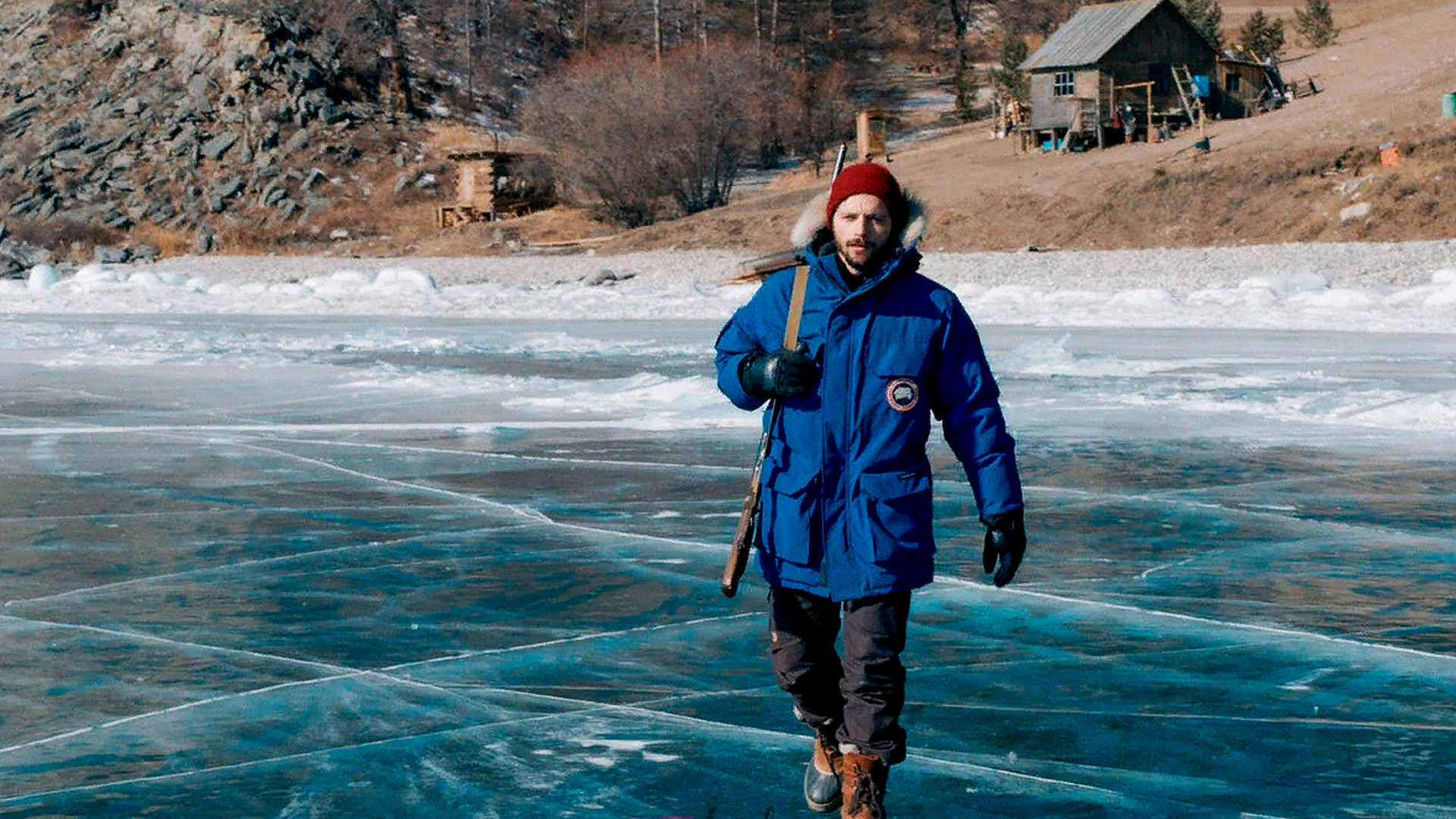
‘In the forests of Siberia’
Safi Nebbu / Nord-Ouest Films, 2016 —
In the forests of Siberia (In the forests of Siberia), directed by Safy Nebbou, is a screen adaptation of the work of the writer Sylvain Tesson. For six months, Tesson lived on the shores of Lake Baikal in a simple cabin. Nearby was the Baikal-Lenski Nature Reserve, a cedar forest surrounded by the frozen lake. He traveled there to escape the bustle of life in Paris and get rid of “everything superfluous.” The author wrote two books about his self-discovery: The comforts of the forest: Alone in a cabin in the Siberian taiga Y Baikal. 180 days of loneliness, which served as the basis for the film.
–
“I wanted to live simply, slowly, so that the most important thing would remain,” says Teddy, the film’s protagonist. Once installed in your cabin, the first thing is to cut the window curtain so that nothing interferes with your view of the Baikal at any time. Their daily life is very simple: the water comes from pieces of ice, the light from a stearin candle. For entertainment, he plays chess with himself, reads books, and blows the trumpet, right on the ice. The sound of this resonates for many miles around.
Tesson himself tells of his journey that he managed to tame time. To achieve this, the hero of the film has to learn to listen to himself and perceive the beauty in every moment of life.
7. Vladivostok
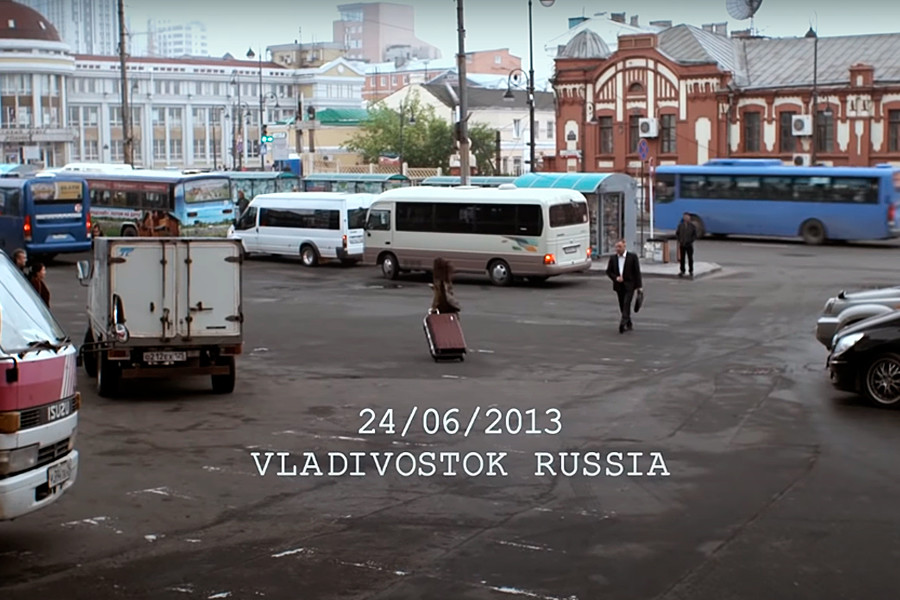
‘Seventh Code’
Kiyoshi Kurosawa / AKS Co; Nikkatsu Corporation; 2013 —
Kiyoshi Kurosawa’s movie Sebunsu kodo (Seventh Code) lasts just one hour. Half road movieHalf-thriller, with a touch of comedy, it features spy games, chases through the endless backyards of Vladivostok, and a story about a failed company (note: selling red caviar and honey to Japan is not the best business idea).
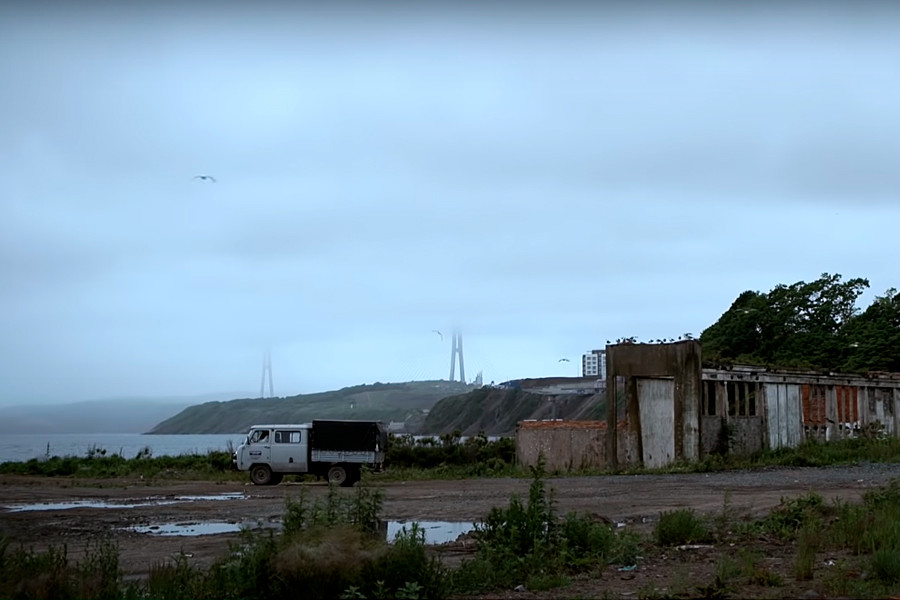
Kiyoshi Kurosawa / AKS Co; Nikkatsu Corporation; 2013 —
The city itself plays the role of starting point for a trip to the rest of the world, leaving behind old Soviet apartment blocks, streets shrouded in creeping fog, and abandoned parks with half-ruined buildings and statues.
–
READ MORE: This is how Hollywood gives us a piggyback when it places the action of its films in Russia
The copyright law of the Russian Federation strictly prohibits copying all or part of Russia Beyond materials without first obtaining written permission and without including the link to the original text.
–
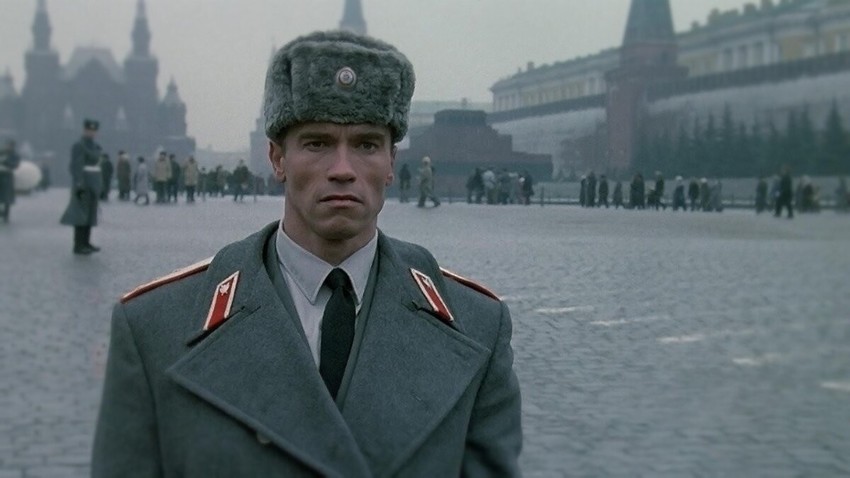

/cloudfront-us-east-1.images.arcpublishing.com/dmn/JJCPCQE52RFS5KD2SAB4TNKAAE.jpg)